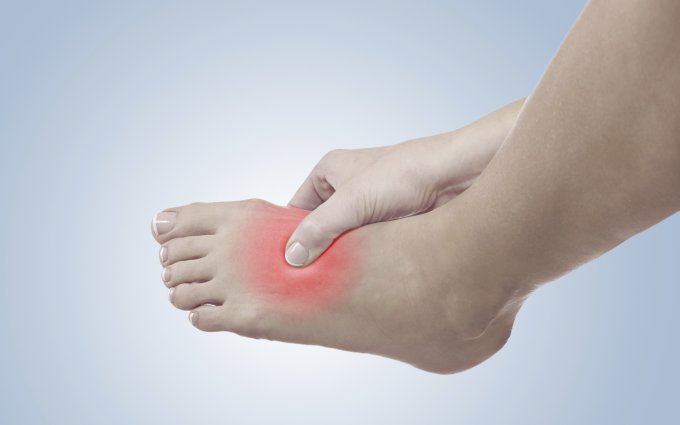08/11/2015

Complex Regional Pain Syndrome, or CRPS, is a debated topic in pain management today. With many variations and a loose application of criteria, Complex Regional Pain Syndrome is often misdiagnosed. Since its inception in 1994, CRPS quickly became a go-to diagnosis for non-specific pain complaints, sometimes leading to overdiagnosis and overtreatment.
Many physicians do not use adequate precision when they render a CRPS diagnosis. The criteria frequently used to diagnose CRPS have an over-diagnosis rate of up to 59%. Even with newer criteria (i.e., Budapest Criteria), the over-diagnosis rate is as high as 32%. In addition to requiring a number of specific objective physical findings, a diagnosis of CRPS requires a determination that “… there is no other diagnosis that better explains the signs and symptoms.” This is an important, yet often ignored, criteria. Such issues as symptom magnification, myofascial pain and fear avoidance can lead to “unexplained pain” and the misapplication of a CRPS diagnosis. This diagnosis can lead to numerous unrevealing diagnostic tests and a fruitless trajectory of interventional procedures and ongoing disability.
Drs. Niriksha Malladi and Steven Moskowitz presented a webinar discussing an evidence-based approach to CRPS. The discussion covered current diagnostic criteria, treatment strategy and case management strategies for injured workers.
Understanding CRPS begins with knowing the history of the diagnosis, as well as the prevalence of misdiagnosis. Complex Regional Pain Syndrome is three times more common in women than men. According to a study from 2011, there are 5.5 people with CRPS for every 100,000 people in the United States. This is a low incidence, so it should not be a common diagnosis.
Today, in order to help prevent overdiagnoses, Dr. Moskowitz uses the Budapest Criteria. Some people prefer to use the AMA Guides to Permanent Impairment criteria. Both require significant objective findings to confirm a diagnosis. The key aspects of the Budapest Criteria include:
Additionally, diagnostic tests may be performed, such as triple phase bone scans, diagnostic sympathetic blockades, electrodiagnostic tests, MRIs, thermograms and autonomic testing. Many providers criticize these tests as having a low sensitivity. But one must wonder about a CRPS diagnosis when positive diagnostic tests and objective findings are absent.
By knowing the diagnosis criteria and understanding the potential drivers for misdiagnosis of Complex Regional Pain Syndrome, treatment can be more effective in the long run. Treatments frequently used for CRPS include:
No matter the type of treatment used, having a comprehensive treatment plan and pain program most often leads to the best possible outcomes for those suffering with CRPS.
Complex Regional Pain Syndrome can bring about many complications, but with proper diagnosis and treatment, it’s possible to achieve positive results. At Paradigm Outcomes, we’re committed to ensuring that each injured worker receives the right care at the right time, bringing about the best possible recovery. For more information on Complex Regional Pain Syndrome, you can play back the webinar, review the presentation, or check out our video.